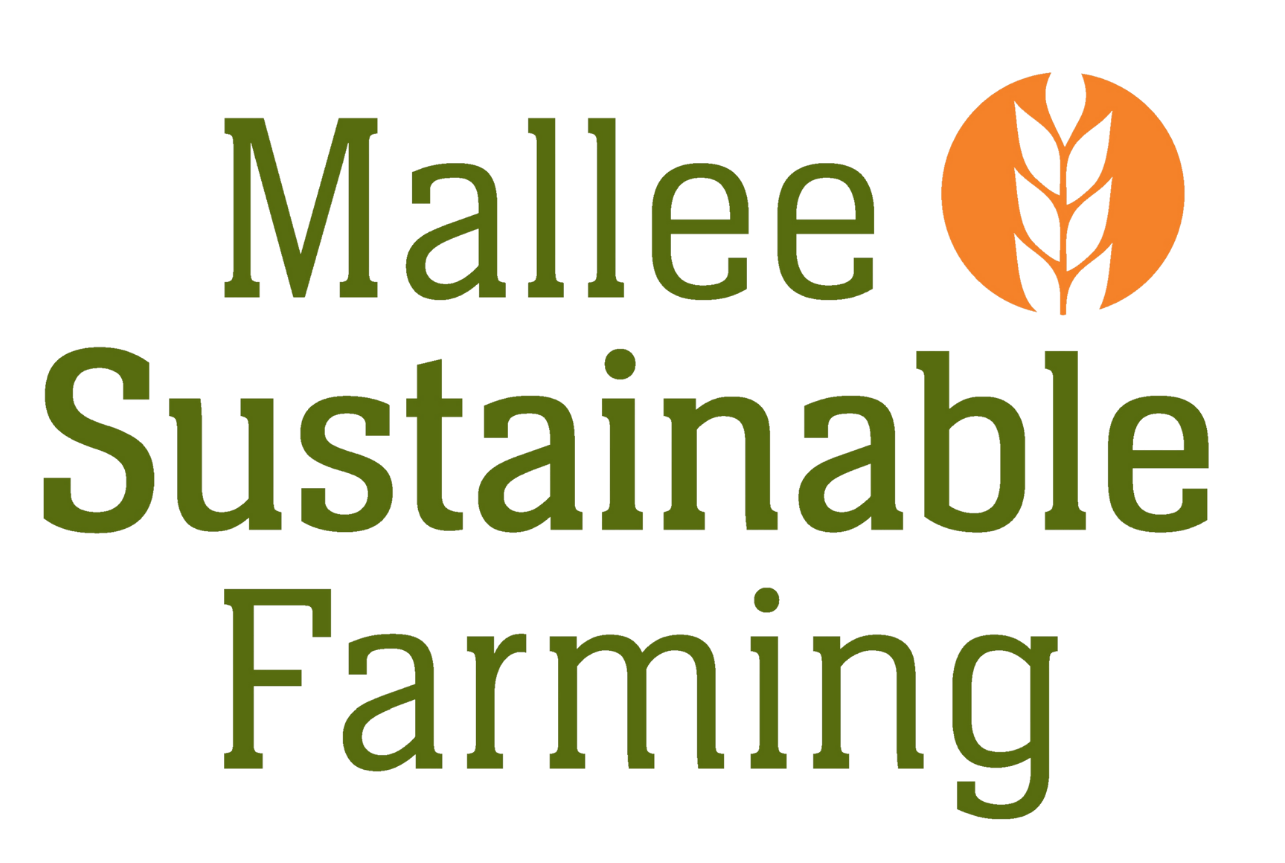Based on your decisions above the suggested action that you could take is displayed below.
Establish diverse shrub and pasture stands
Perennial forage shrubs combined with annual or perennial pasture species provide a highly productive, complementary grazing resource for mixed farms.
This type of planting is most likely to be used where plantings are substantial in size, and can be fenced into multiple paddocks to allow rotational grazing.
The pasture component provides most feed bulk, while the mix of shrubs providing a complementary source of nutrients and minerals.
Good grazing management is essential to ensure the most palatable species are not grazed out first.
Download the Diverse Shrub and Pasture fact sheet
Download the Blocks of Mixed Forage Shrub fact sheet
Looking for more resources?
Download the following fact sheets to learn more information about establishment, management, and control of shrubs.
Guide to Establishing Forage Shrubs
Critical success factors in successful shrub pasture systems
Selecting the best forage shrubs for your environment
Why grow a mixture of forage shrubs and pasture species?

